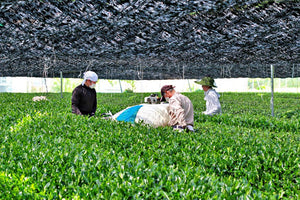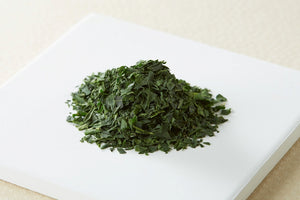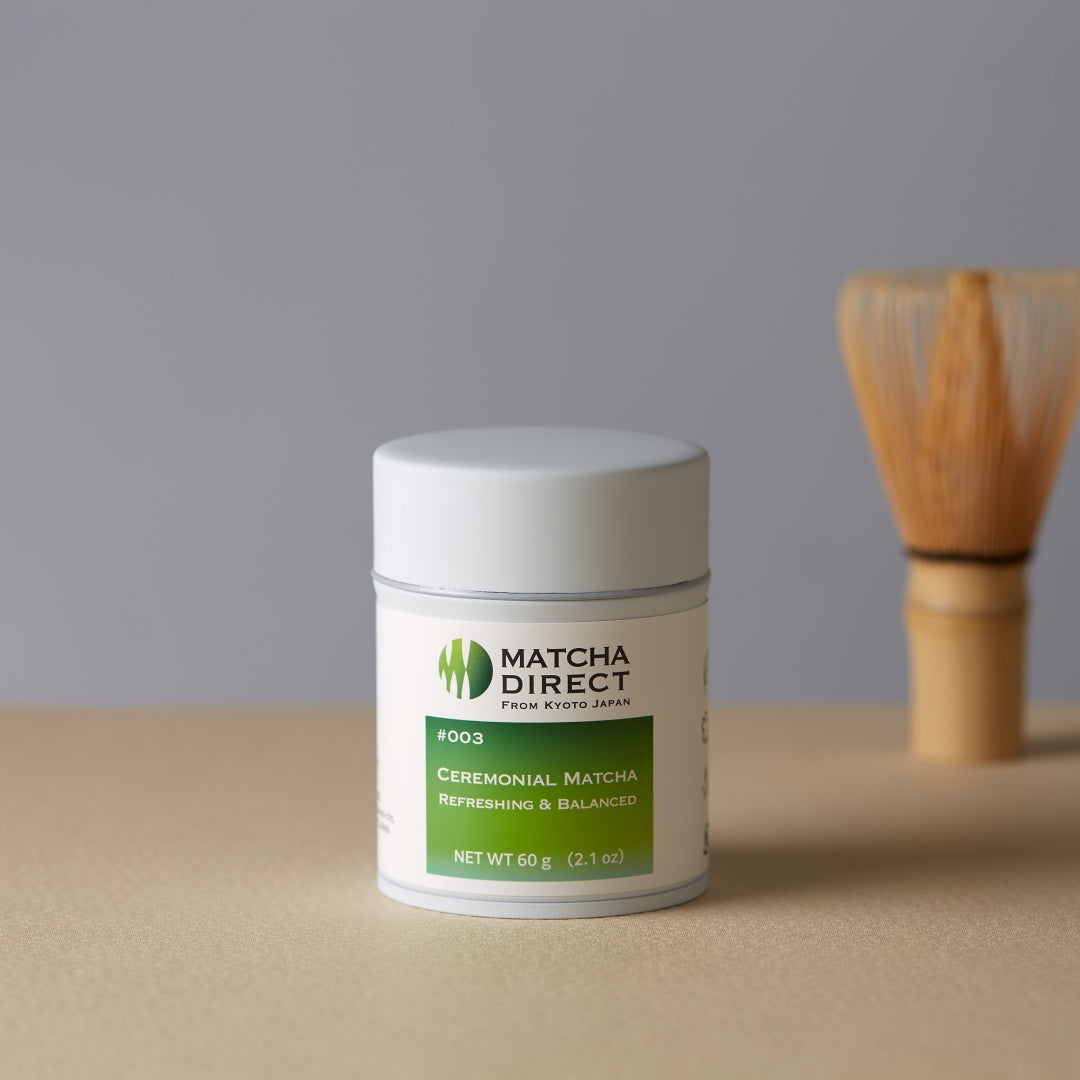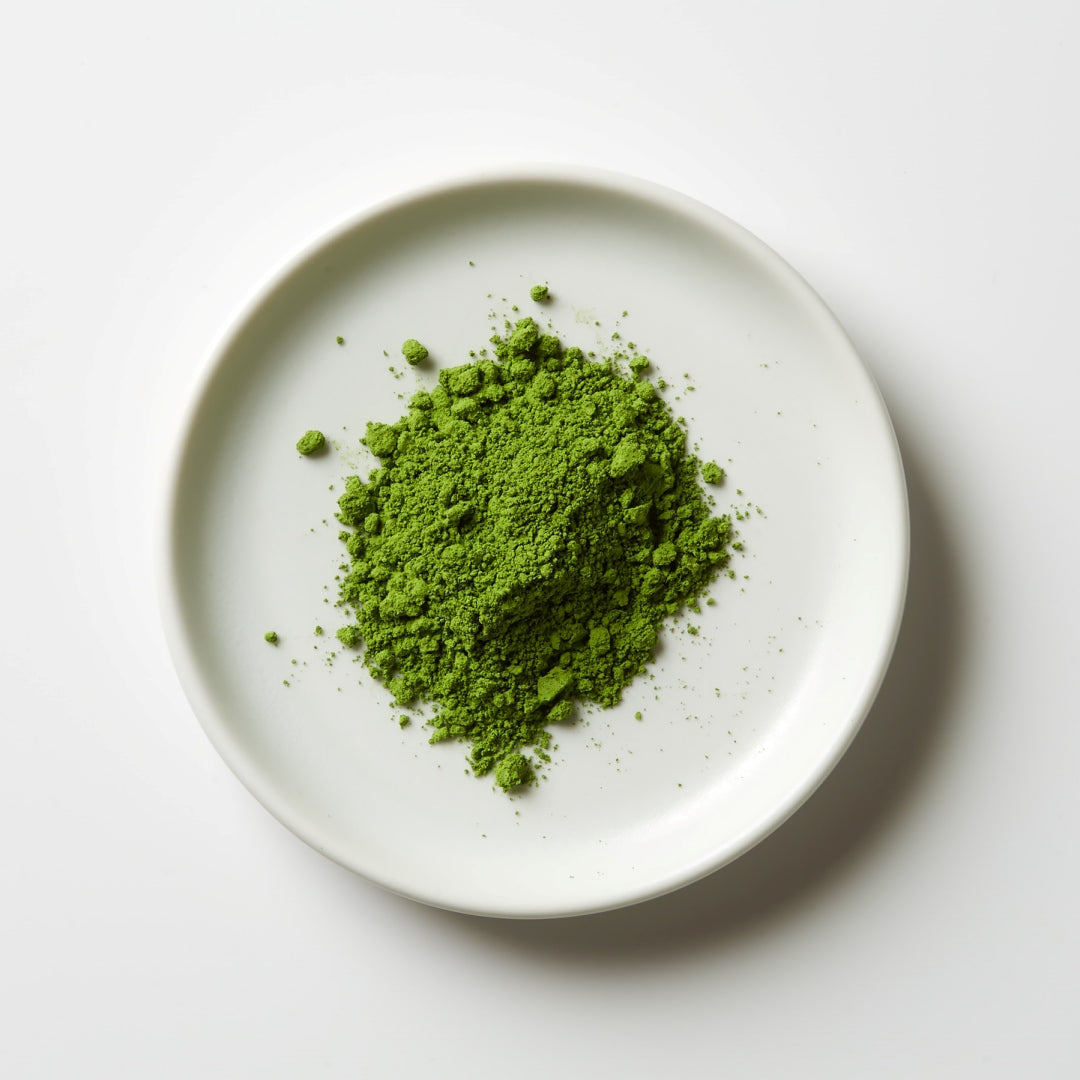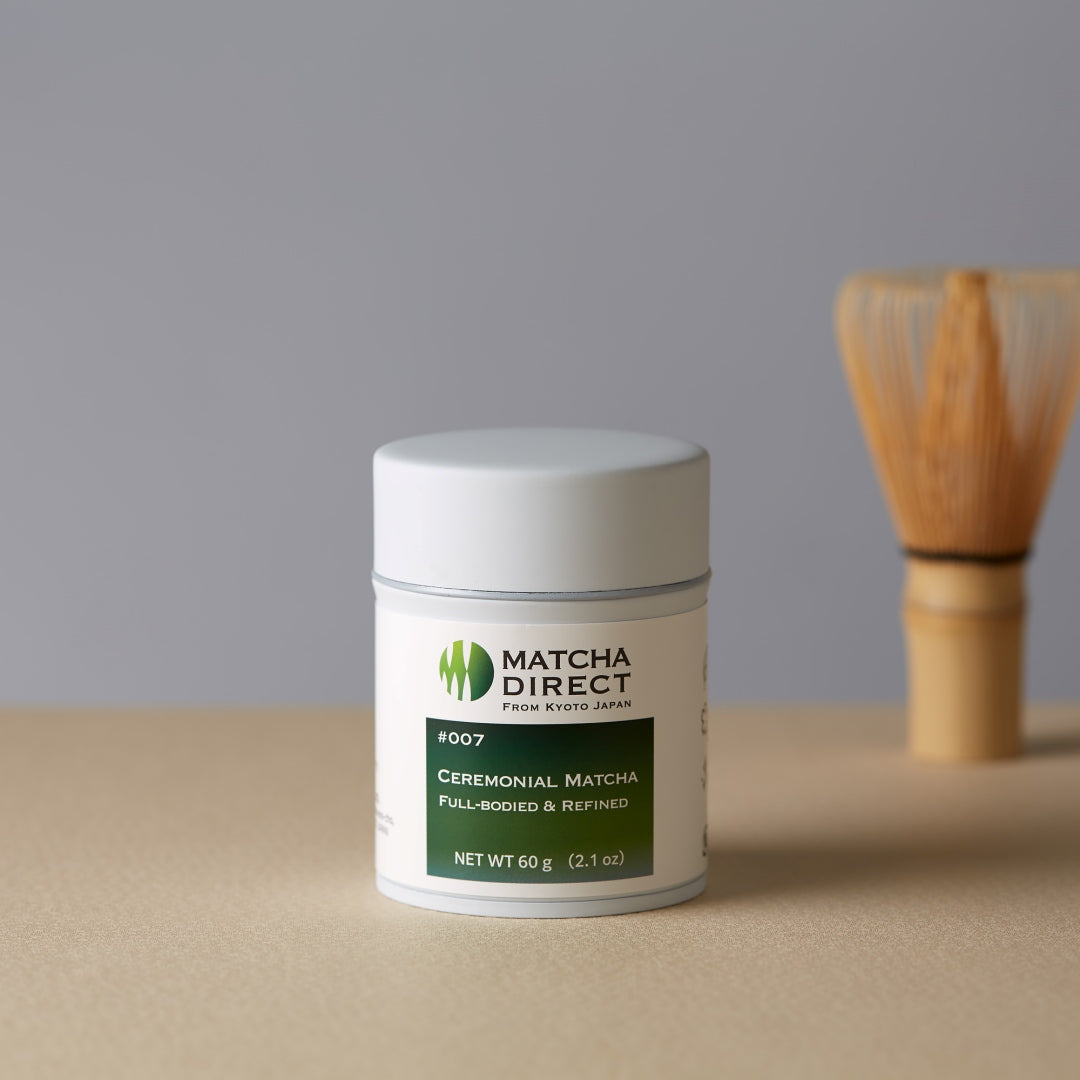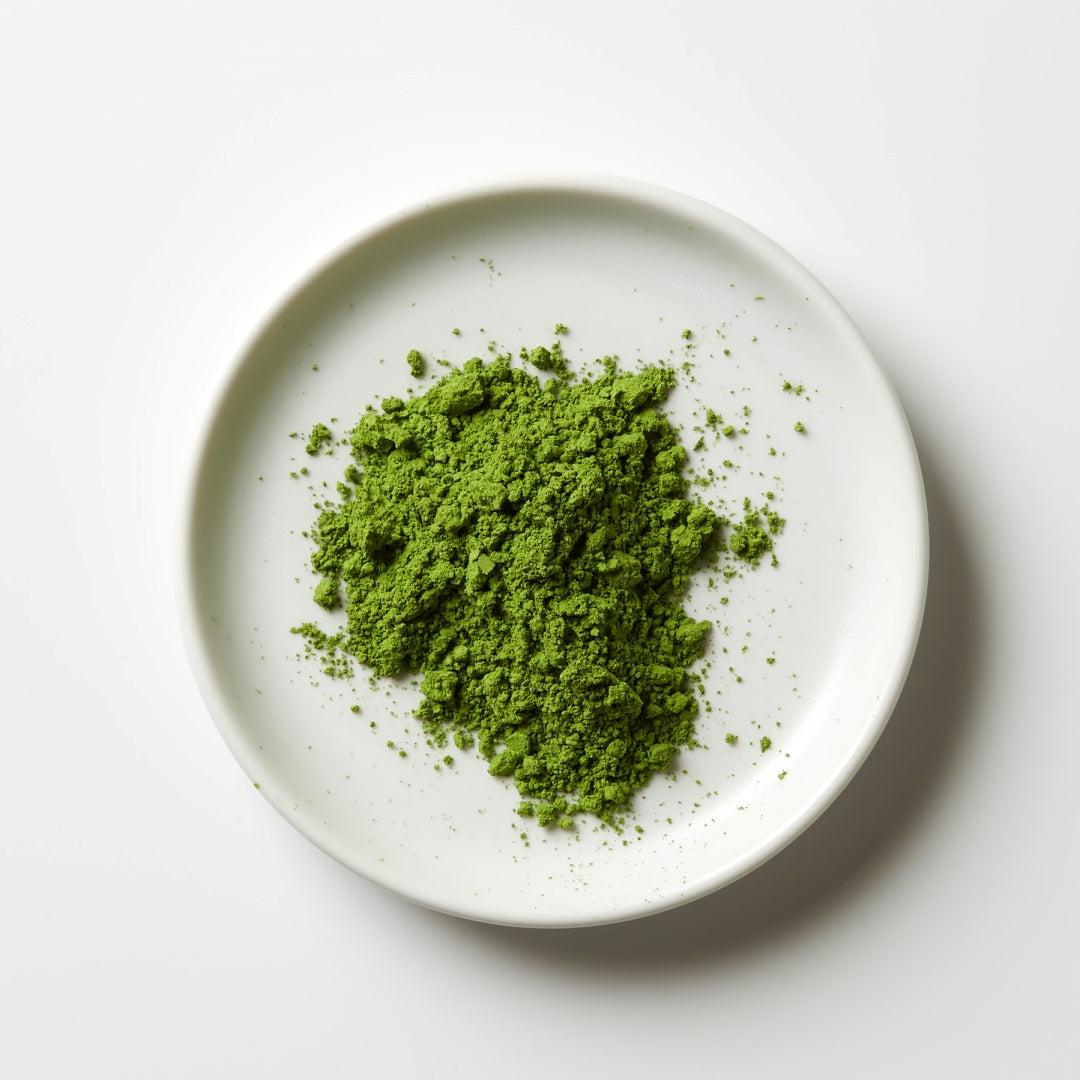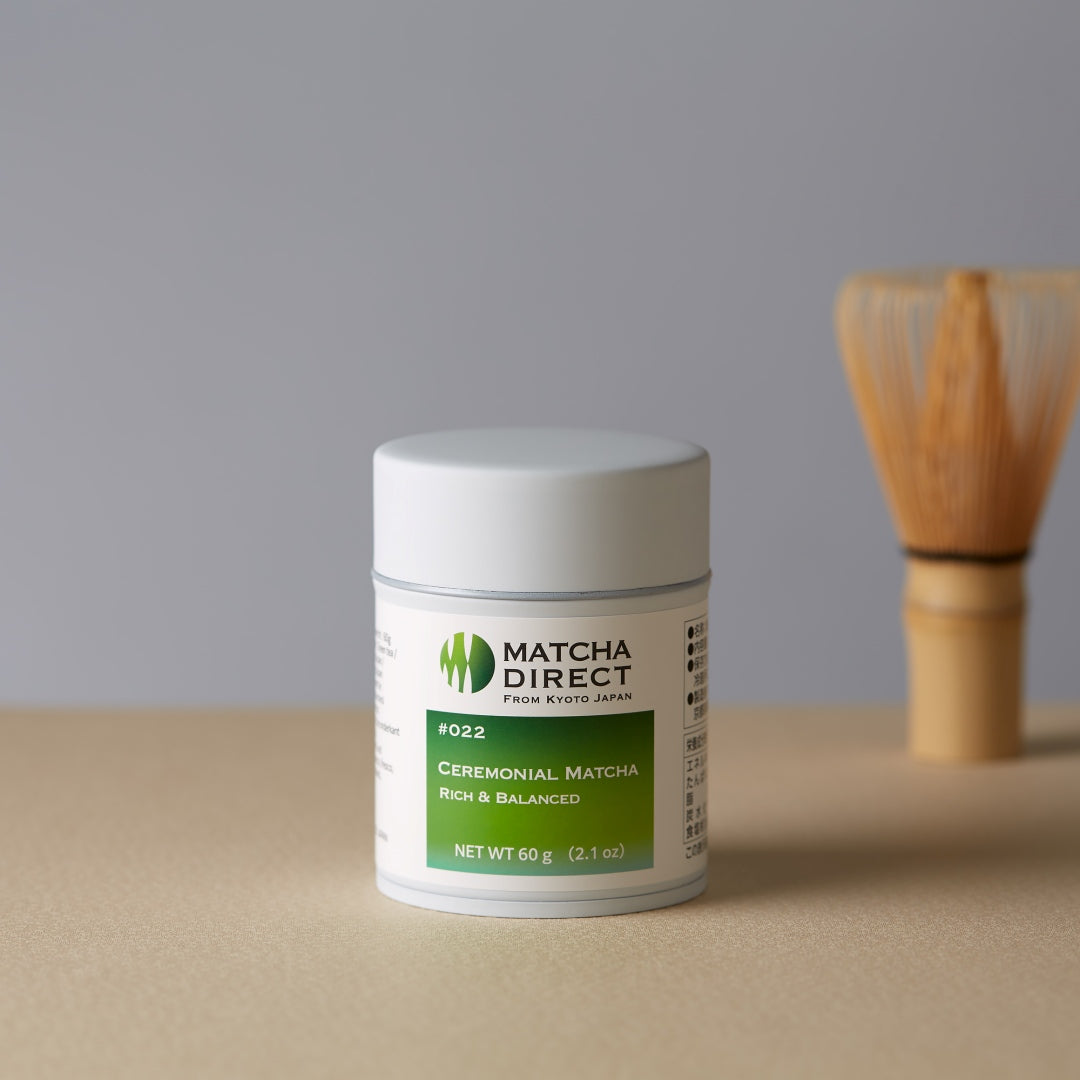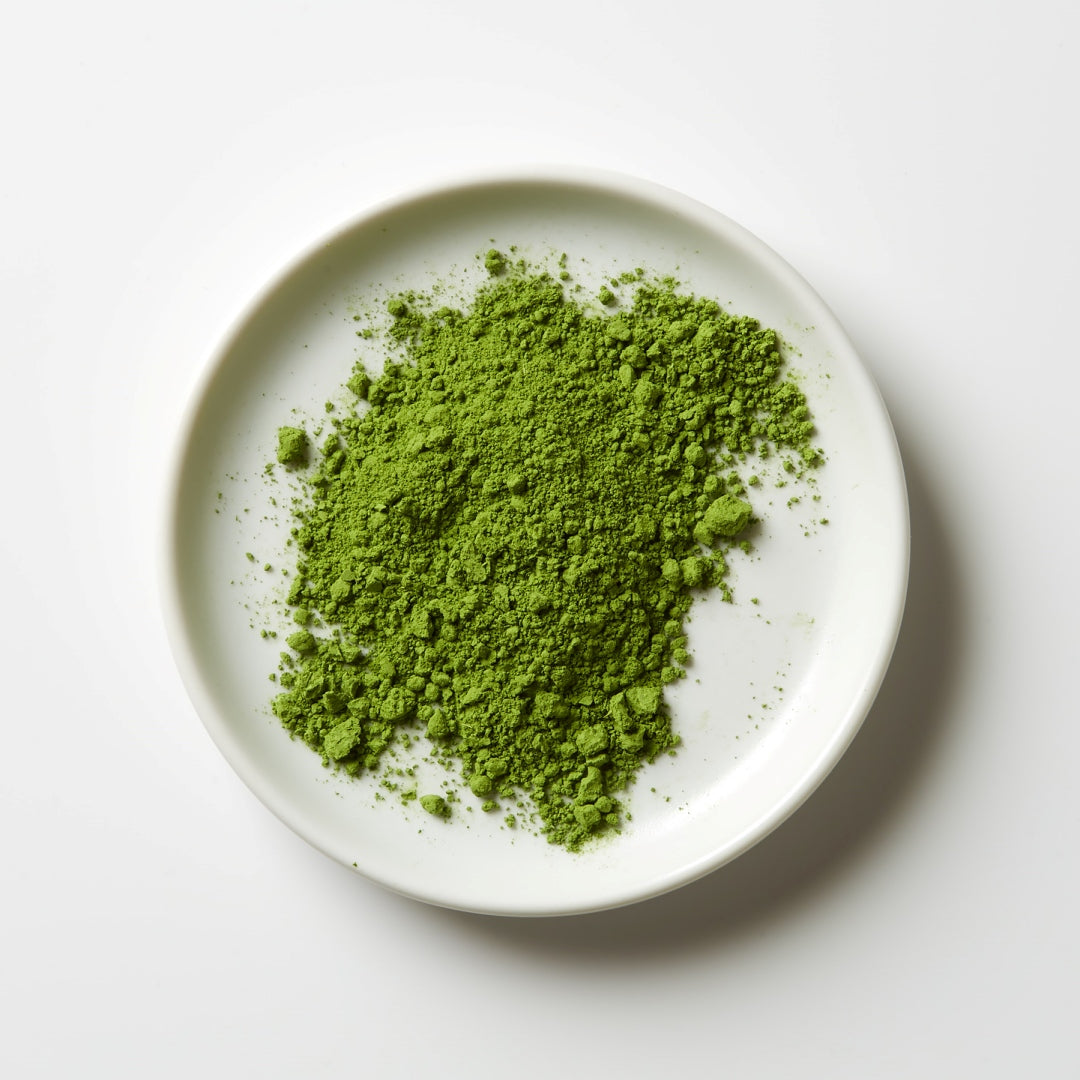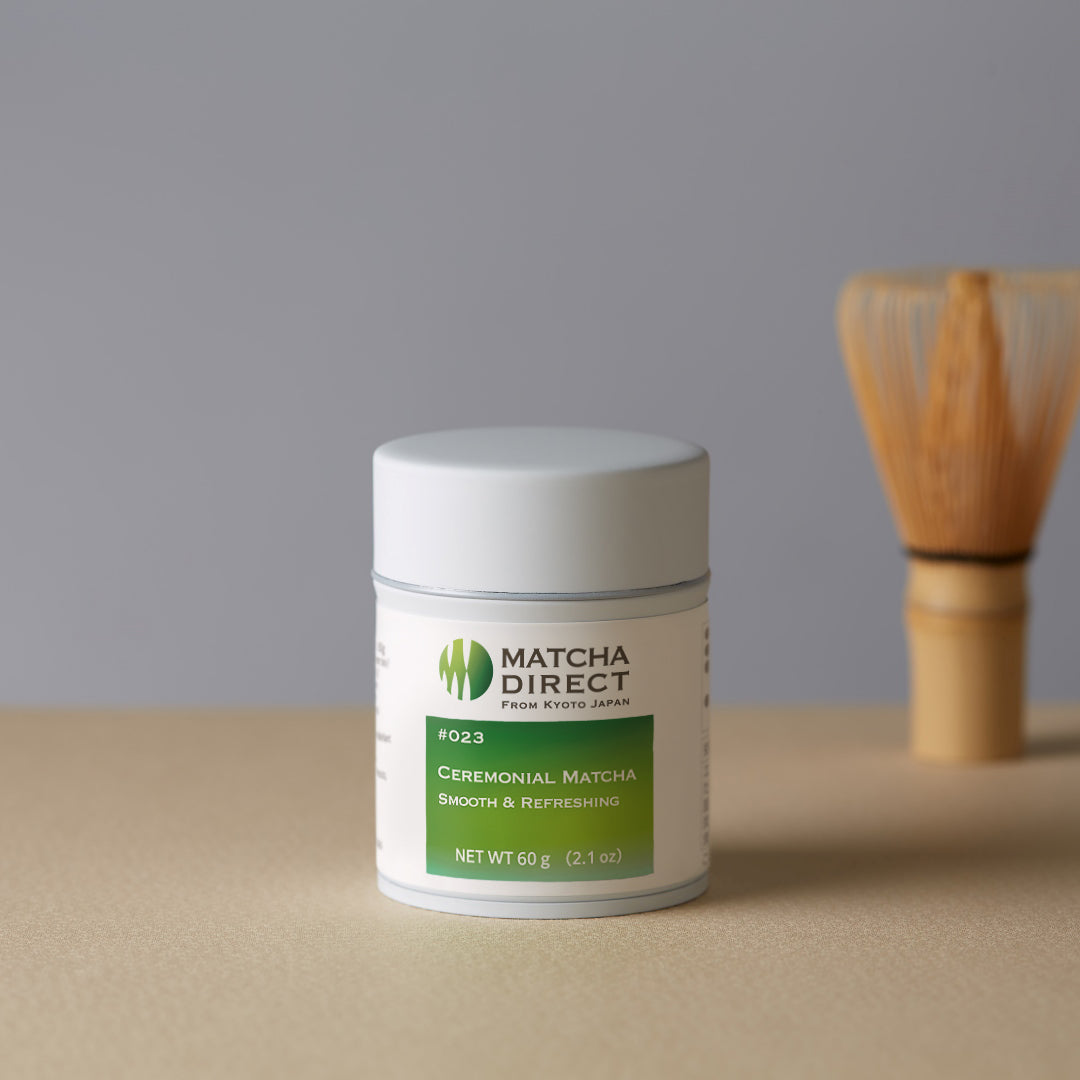What is Tencha, the Raw Material for Matcha?
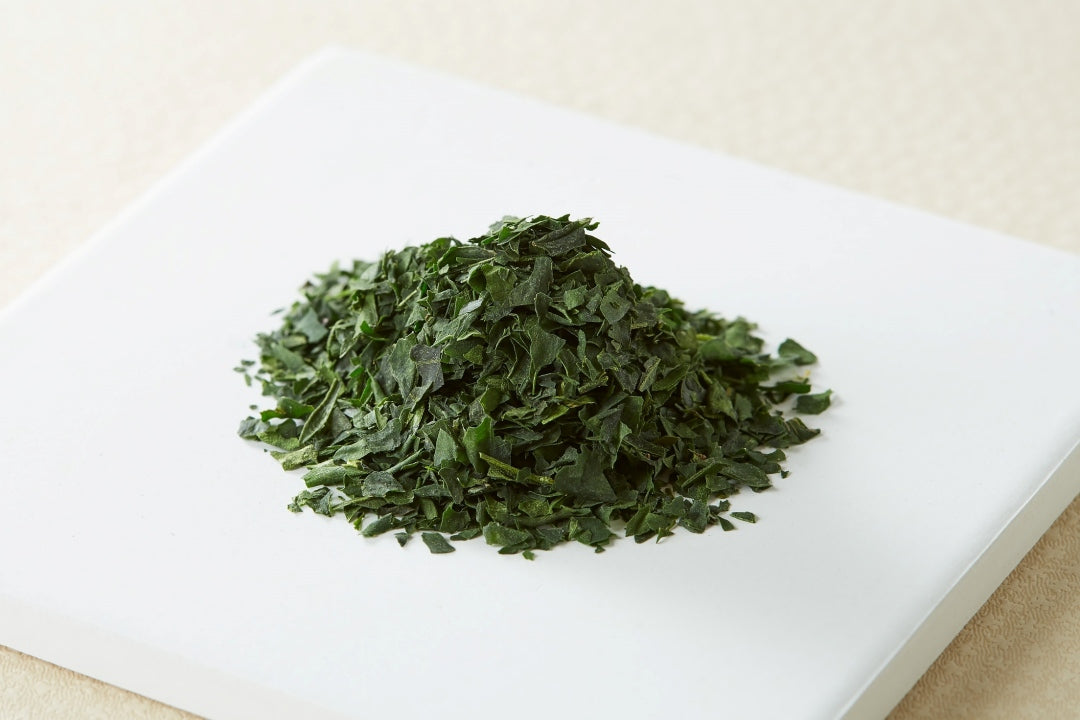
What is Tencha?
Tencha is a type of Japanese tea, specifically referring to the tea leaves used as the raw material for matcha.
The name "Tencha" comes from the Japanese term "to grind tea."
Tencha is grown using a special cultivation method in tea fields, and the leaves are processed while retaining their original shape. This creates a significant difference compared to other types of tea.
For example, compared to other green teas like Sencha and Gyokuro, Tencha differs in both its production method and shape.
Although matcha is beloved worldwide, it cannot be made without its raw material, Tencha. This article delves into what Tencha is by explaining its cultivation methods and differences from other teas.
By deepening your knowledge of Tencha, you can further appreciate the allure of matcha.
Cultivation and Processing of Tencha
Special methods are used to cultivate Tencha.
The tea fields for Tencha are shaded about 20 days before harvest, avoiding direct sunlight.
By avoiding sunlight, the amount of amino acids in the tea leaves increases, drawing out Tencha's unique UMAMI and sweetness. Additionally, shading the leaves results in a deeper green color, producing vibrant green tea leaves.
The freshly harvested Tencha leaves are steamed immediately to prevent oxidation. After steaming, the leaves are dried, and the stems and veins are removed, leaving only the soft leaves called "shiage-tencha." This process enhances the quality of Tencha.
The shiage-tencha is then finely chopped and ground into a powder using a stone mill to create matcha.
Due to the labor-intensive cultivation and processing, Tencha is known as a rare, high-quality, and expensive tea leaf.
The effort put into Tencha results in its unique flavor and color, making the matcha produced from it high-quality and richly flavored.
https://matchadirect.kyoto/blogs/matcha-101/what-is-matcha-made-of
Differences Between Tencha and Other Teas
Differences Between Tencha and Matcha
Tencha is often considered the same as matcha, but Tencha is merely the raw material for matcha, and they are different.
The main difference lies in their forms. Tencha retains the shape of tea leaves before processing, whereas matcha is made by finely grinding Tencha into a powder using a stone mill.
In other words, Tencha exists as an intermediary step in the production of matcha.
However, without Tencha, matcha cannot be made. Therefore, the quality of matcha greatly depends on the quality of Tencha. Using high-quality Tencha results in flavorful matcha.
Differences Between Tencha and Green Tea
Tencha and green teas like Sencha and Gyokuro have different cultivation and production methods.
Green tea is produced by steaming the harvested leaves and then rolling them while drying. This rolling process gives the tea leaves a fine, needle-like shape.
In contrast, Tencha is dried while retaining the shape of the leaves without rolling, preserving their form after production.
Additionally, Tencha and green tea differ in their cultivation methods. Tencha is grown under shade, while Sencha is grown in direct sunlight. However, Gyokuro, a type of green tea, is also grown using a shading method similar to Tencha.
Furthermore, while green tea is usually consumed by brewing the leaves, Tencha is rarely consumed as is. Instead, it is ground into matcha and whisked into a drink to bring out its full potential.
Differences Between Tencha (碾茶) and Tencha (甜茶)
There is another tea called "Tencha."
Written as "甜茶" in Japanese, it is also pronounced "Tencha" but is completely different from the Tencha we have been discussing.
Tencha (甜茶) is a sweet-tasting herbal tea originating from China, made from the leaves of various plants.
While Tencha (碾茶) and green tea are made from the same tea plant species, Tencha (甜茶) comes from entirely different plants.
Despite sharing the same name, they are different teas, so be careful when looking for tea leaves.
Nutrients in Tencha
The matcha made from Tencha is known for being highly nutritious.
Since matcha is made by grinding Tencha leaves, the nutrients in Tencha are the same as those in matcha.
Here are some nutrients found in matcha, and hence in Tencha as well:
Vitamins
Tencha is rich in essential vitamins for health, especially vitamins A, C, and K.
Catechins
Tencha contains many catechins, particularly epigallocatechin gallate (EGCg), known for its strong antioxidant properties.
Theanine
Theanine, an amino acid, is abundant in Tencha due to the shading cultivation method. Theanine contributes to UMAMI and a relaxing effect, making matcha's deep UMAMI and calming effect attributable to Tencha's theanine.
https://matchadirect.kyoto/blogs/matcha-101/matcha-nutrition-facts
The Allure of Matcha Made from Tencha
Matcha, made from Tencha, is beloved worldwide for its numerous attractions. Here are some highlights of its appeal:
Deep Flavor
Matcha's greatest charm is its deep flavor.
It offers a unique taste that combines strong UMAMI, a mellow sweetness, and moderate bitterness, distinct from other teas.
Health Benefits
Matcha, made from ground Tencha leaves, retains all the nutrients of Tencha, allowing effective intake of vitamins, catechins, and theanine.
Mental Effects
Theanine in matcha is said to have a calming effect, helping one relax. Additionally, the Japanese tea ceremony using matcha teaches mindfulness and gratitude, applicable to daily life.
Enjoy High-Quality Matcha at Home
Matcha has many charms thanks to Tencha.
At MATCHA DIRECT, you can easily purchase matcha that captures these charms.
Our matcha is both authentic and approachable for first-time drinkers, ground from Tencha upon order to ensure exceptional freshness.
Please give it a try.
All Matcha Products | MATCHA DIRECT
Conclusion
Tencha plays a crucial role as the raw material for matcha, with its unique cultivation and processing methods contributing to its many benefits. While matcha is well-known, it cannot be made without Tencha.
Gaining knowledge about Tencha can deepen your understanding of matcha.

